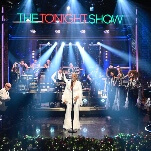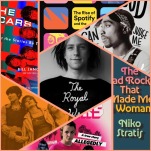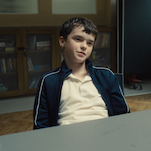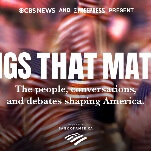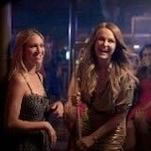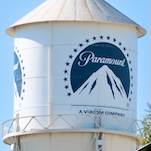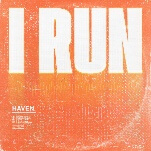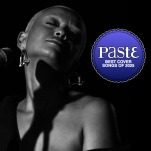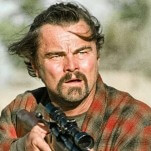Winterbottom and screenwriter Frank Cottrell Boyce dodge some of the inherent goofiness of their forward-thinking story by treating its trappings matter-of-factly. They don't go in for a lot of explanations of how their future-world works, with its designer drugs and polyglot conversation and reverent discussions of who's "inside" and who's "outside." And, since they're working with a small budget, they substitute exoticism for expensive set design, letting Asian office buildings and apartment houses represent the clean, crowded world to come.
Mostly, they rely on Robbins and Morton to flirt, earnestly whisper, and share the illicit thrill of pressing their bodies together, and for a while, it works. The second half of Code 46 is more plot-driven than the first—and less hauntingly atmospheric, building to a climax that's shattering, albeit only on an intellectual level. Still, though Robbins acts a little stiff, Morton remains stunning throughout, playing a mixture of her wide-eyed, deeply sensitive characters from Morvern Callar and Minority Report. She suggests worlds within worlds.
In his career to date, Winterbottom has been so prolific and has jumped around genres so much that it's hard to recognize a distinctive touch in his work, but he knows how to get the most out of a good scene. He captures moments of deep lyricism in Code 46, particularly in two long Morton close-ups (one of her dancing, one of her making love) and in a resonant closing sequence set to Coldplay's "Warning Sign." The movie feels quirky and disjointed, but some will take it to heart—particularly those who like to imagine what fantasy characters do when they're not striking blows against the empire.


